
Programming for automatic welding machine. Photo: Nguyen Viet Tien
After the August Revolution and National Day September 2, 1945, the people of Tay Ninh lived peacefully in an independent and free country for more than two months, from August 25 to November 8, 1945. On November 8, the French army moved from two directions, Saigon and Cambodia, through the Ben Cau border to occupy Tay Ninh town, after having overcome the defense lines set up by the Tay Ninh army and people along Highway 1 and Highway 22 in Suoi Sau, Tram Vang, and Ben Keo.
According to the History of the Tay Ninh Provincial Party Committee (1930-2005), the French invasion army traveled on 75 military vehicles including 73 GMCs and 2 tanks in the lead. Although they encountered some difficulties when entering our army's ambush positions and lost some soldiers at the Ben Keo front, they still arrived in Tay Ninh town at just after 10:00 a.m. Meanwhile, the province's armed forces from the Ben Keo front together with the revolutionary government leadership of the province withdrew to the Ta Hup and Thanh Dien areas of Chau Thanh district; Trang Bang district's forces from the Suoi Sau and Tram Vang defense lines withdrew to the Rong Forest, Bau May, and An Tinh areas to organize a long-term resistance.
The French reoccupied Tay Ninh in a day when people did not go out, did not go to the market, and thoroughly implemented "empty gardens and empty houses" in response to the "scorched earth resistance" policy of the provincial resistance leaders. However, with the intention of restoring what was lost during the colonial period, the French immediately recaptured economic facilities, rubber plantations of Ven Ven, Tra Vo, Ben Cui, Thanh Dien sugar company... At the same time, they built a system of military posts to occupy key traffic routes, buffer zones between villages and mountains and forests.
Every day, they sent troops to sweep, burn down villages, and massacre people. At that time, in the eastern areas of the province, such as along Highway 19, Highway 26 from Suoi Nhanh, Suoi Ong Hung to the Phan hamlet, Suoi Da... or the area around Ba Den mountain, around Tra Vong, north of Chau Thanh district, down to Ben Cau, houses, fields and gardens were devastated, and there were few people on the roads.
In terms of socio-economics, most of the population in the province, about 250,000 people, except for a very few small traders and handicraft workers in some urban areas such as Tay Ninh provincial capital, Go Dau center, Trang Bang, the majority of the rest only farm one crop a year thanks to the rain.
In fact, small-scale industries only include a few handmade brick kilns along the Vam Co Dong River, a few “buffalo pedal” sugar kilns in several communes along the west bank of the Saigon River, or handmade noodle kilns in the communes of Hiep Ninh and Ninh Thanh on the outskirts of the town...
Therefore, every year, Tay Ninh people lacked food, often "starved to the point of famine". In the early 1950s, especially in the year of Nham Thin 1952, the Southeast region suffered from severe flooding, in Tay Ninh the flood water rose up to submerge the old market and old Gia Long street. People in the city also lacked food, the rural people, the soldiers and civilians in the resistance base area had a very hard time, had nothing to eat.
That miserable scene entered our country's resistance literature, most notably the song "Leaning to the Mountains" by musician Hoang Viet, composed in the resistance production area of Trang Cong, Chau Thanh, Tay Ninh during the flood season of 1952.
Despite the hardships and difficulties caused by natural disasters and enemy attacks, the musical work "Leng ngan" still exudes the strong optimism of patriots: "The resistance will definitely succeed, the resistance will definitely succeed, when the resistance is successful, I will return and you will fulfill my wish."
After 9 years of resistance against the French (1945-1954) to 21 years of resistance against the Americans (1954-1975), the army and people of Tay Ninh contributed their efforts and sacrificed their blood and bones in the struggle to overthrow colonialism and imperialism, liberate the nation and unify the country.
Then, after the victory on April 30, 1975, Tay Ninh and the southwestern border provinces had to continue to fight for another 5 years, until we drove the Pol Pot genocidal regime out of the border and helped Cambodia revive, then Tay Ninh province could truly enjoy peace and start rebuilding the homeland and the country. But almost with "two empty hands".
Looking back at the documents still stored in the Tay Ninh Newspaper reporter's notebook from more than 4 decades ago, the socio-economic situation of Tay Ninh province was extremely poor, to the point that it could be said to be the most tragic in the South at that time.
As a plain province, with many forests and the highest mountain range in the South, but after 30 years of war, the forest area, which used to occupy half of the natural area (200,000/400,300 ha) was almost completely wiped out, leaving less than one-tenth; the whole province has 73 communes, of which 60 were almost destroyed in the war; in the economic structure, agriculture accounts for 90%, industry only 2%, and trade and services account for about 9%.
This structure shows that at that time Tay Ninh was truly a purely agricultural province, with natural conditions capable of comprehensive agricultural development with a fairly diverse crop structure. However, due to many shortages in production conditions, only one rice crop was produced each year in the rainy season with low productivity.
Rice output in 1976 was only 180,000 tons, the average food per capita was not enough to eat (270kg/year). The main crops were sugarcane, cassava, peanuts with quite high output (567,600 tons of sugarcane, 98,539 tons of cassava, 10,130 tons of peanuts), but the processing was weak and backward, mainly manual processing, so the efficiency was not high.
The industrial and commercial service sectors have only a few establishments and small retail stores. With the manufacturing sector not being very developed, it was not until the early years of the economic renovation period that Tay Ninh began to develop, in which the import and export of goods with a total turnover in 1990 was just over 6.5 million USD...
A quick look at the socio-economic situation of the province in peacetime shows some not-so-bright spots. Looking back 78 years ago, although it is almost impossible to find any documents with detailed data, we can still imagine how poor Tay Ninh's socio-economic situation was before the August Revolution in 1945, if we don't want to reduce everything to zero. A very few elderly people from that time who are still alive today can only remember one thing: at that time, most Tay Ninh people only wore clothes made of...burlap (!).
Yet up to now, with the province's population increasing more than 6 times (1,315,000 people/ 229,000 people), the average income per capita of Tay Ninh in 2022 was 3,700 USD. This figure alone shows how much the province's socio-economic development has leaped since the first day of independence on September 2, 1945.
According to the report of the Provincial People's Committee submitted to the 2022 Provincial People's Council meeting, last year was the first year that our province achieved all 19/19 socio-economic targets according to the Resolution of the Provincial People's Council. Specifically: Gross regional domestic product (GRDP - at 2010 comparative prices) is estimated at 55,914 billion VND, an increase of 8.84% over the same period. GRDP per capita is estimated at 3,700 USD (the plan for 2022 is 3,500 USD).
Most major industries increased output. A few products remained stable or decreased compared to the same period. Export turnover was estimated at 6.4 billion USD, up 19.7% compared to the plan, up 25.9% compared to the same period. Import turnover reached 5.7 billion USD, up 19.3% compared to the plan, up 26.3% compared to the same period.
Trade and service activities have recovered compared to before the Covid-19 pandemic, in which tourism services reached 4.5 million visitors to Tay Ninh, with revenue from the "smokeless industry" reaching more than 1,300 billion VND.
The market for goods serving people's lives is stable, total retail sales of goods and revenue from service sectors is estimated at 96,938 billion VND, up 25.5% over the same period. Total state budget revenue is estimated at 11,725 billion VND, up 12.9% over the same period, up 17% over the local estimate, up 26.3% over the central estimate.
Regarding public investment disbursement in 2022, Tay Ninh ranked 7th in the group of 10 units with high disbursement rates nationwide. Disbursement by January 31, 2023 was VND 4,368,252 billion, reaching 96.97% of the plan assigned by the Prime Minister, reaching 97.36% of the plan assigned by the Provincial People's Council.
At the same time, policies, mechanisms and legal environment to promote digital transformation, closely linked with administrative reform; building and developing e-government, digital government, digital economy, digital society and smart cities have all been implemented with good results. Evaluating the development results of Tay Ninh in 2022, the General Statistics Office ranked Tay Ninh 1st in the key economic region of the Southeast region.
From the current standing point, looking towards 2030, the time of the 100th anniversary of the founding of the Communist Party of Vietnam, which is also the time when key development projects in the province are completed, we have the right to believe that Tay Ninh deserves to become a developed industrial province of the country.
Nguyen Tan Hung
Source












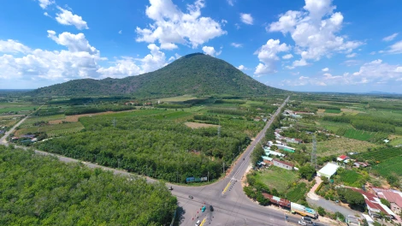

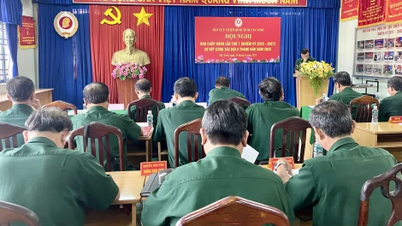













































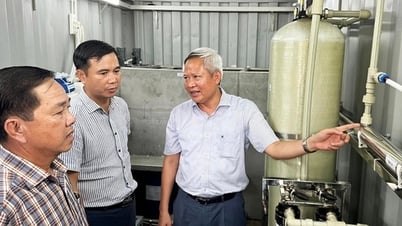




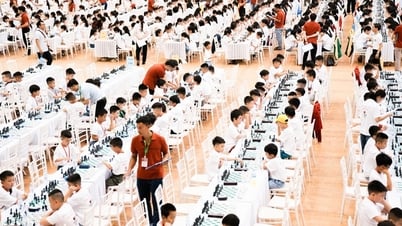


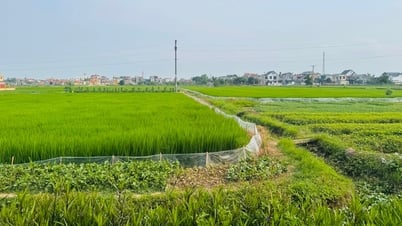

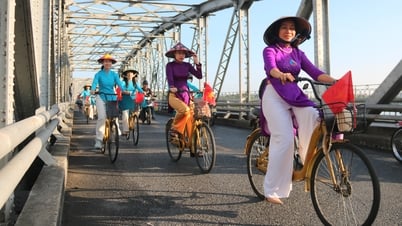







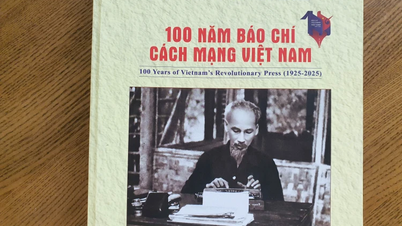














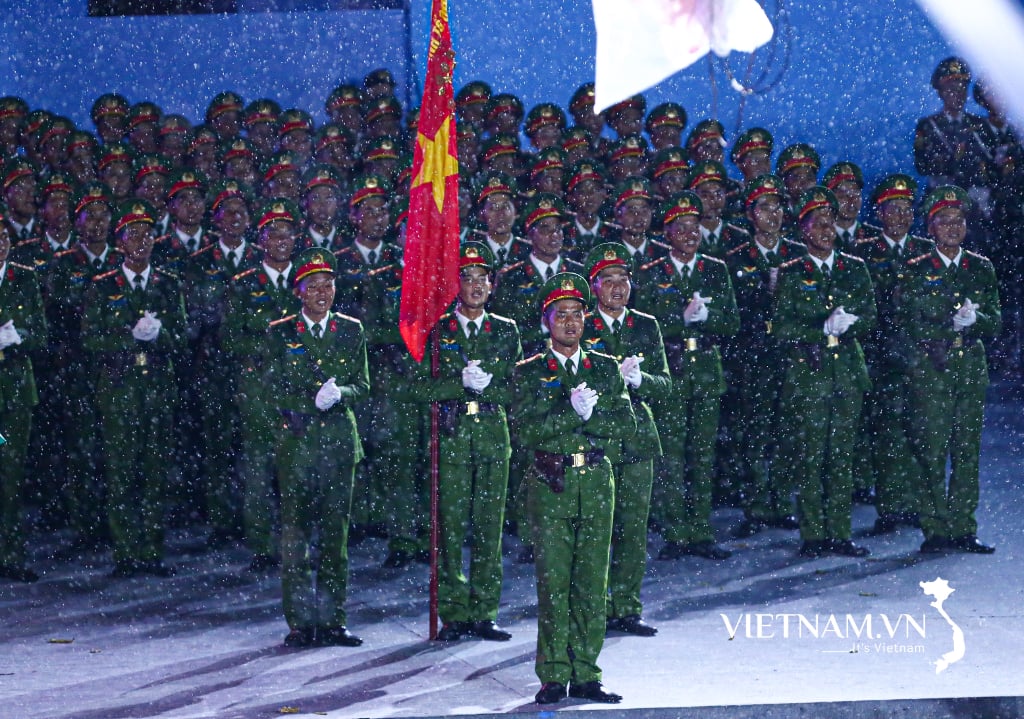
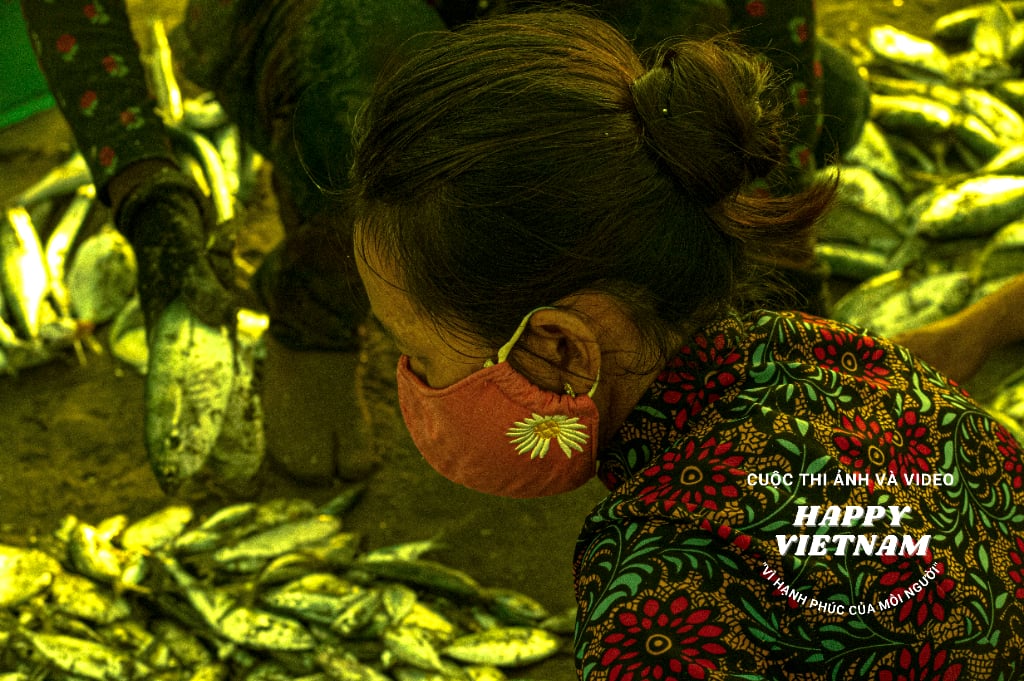

Comment (0)